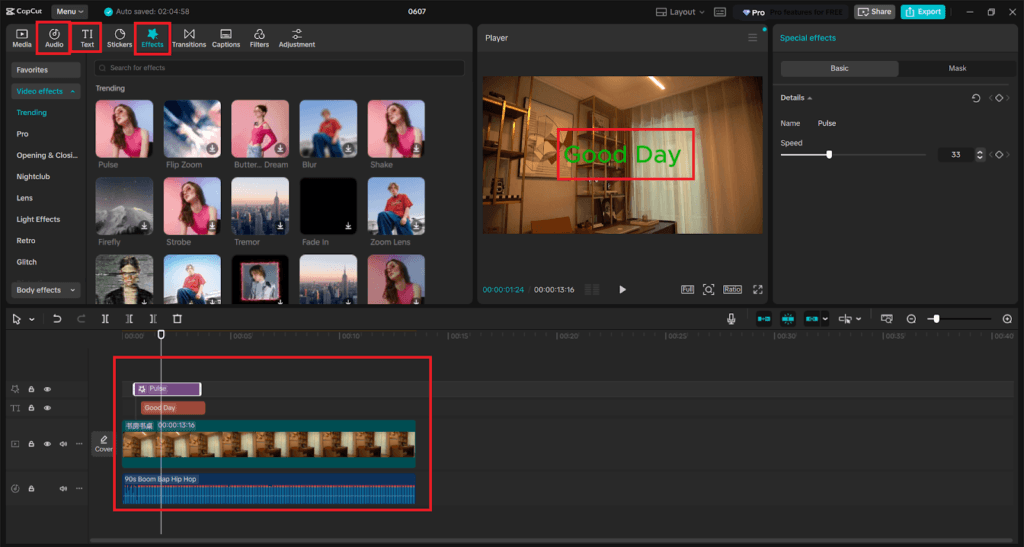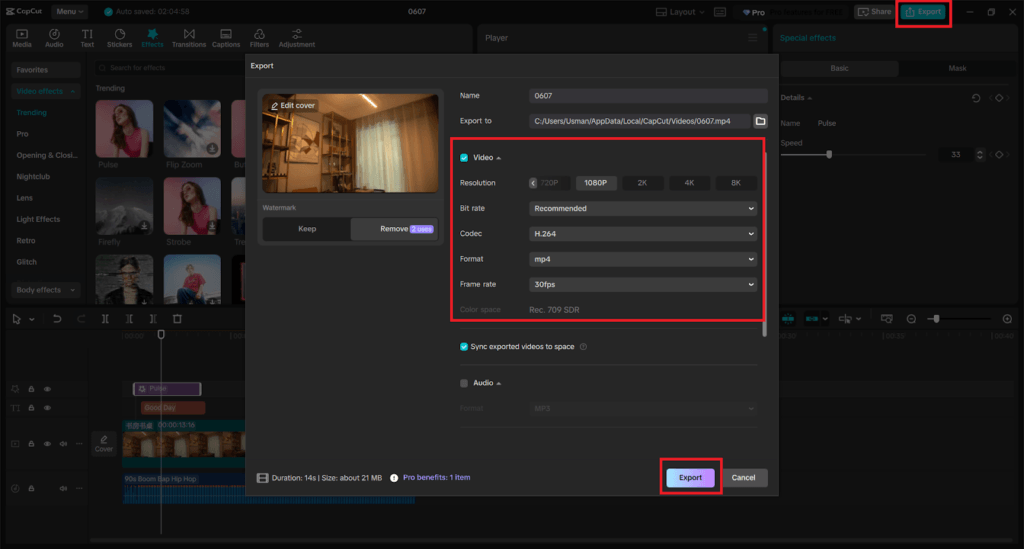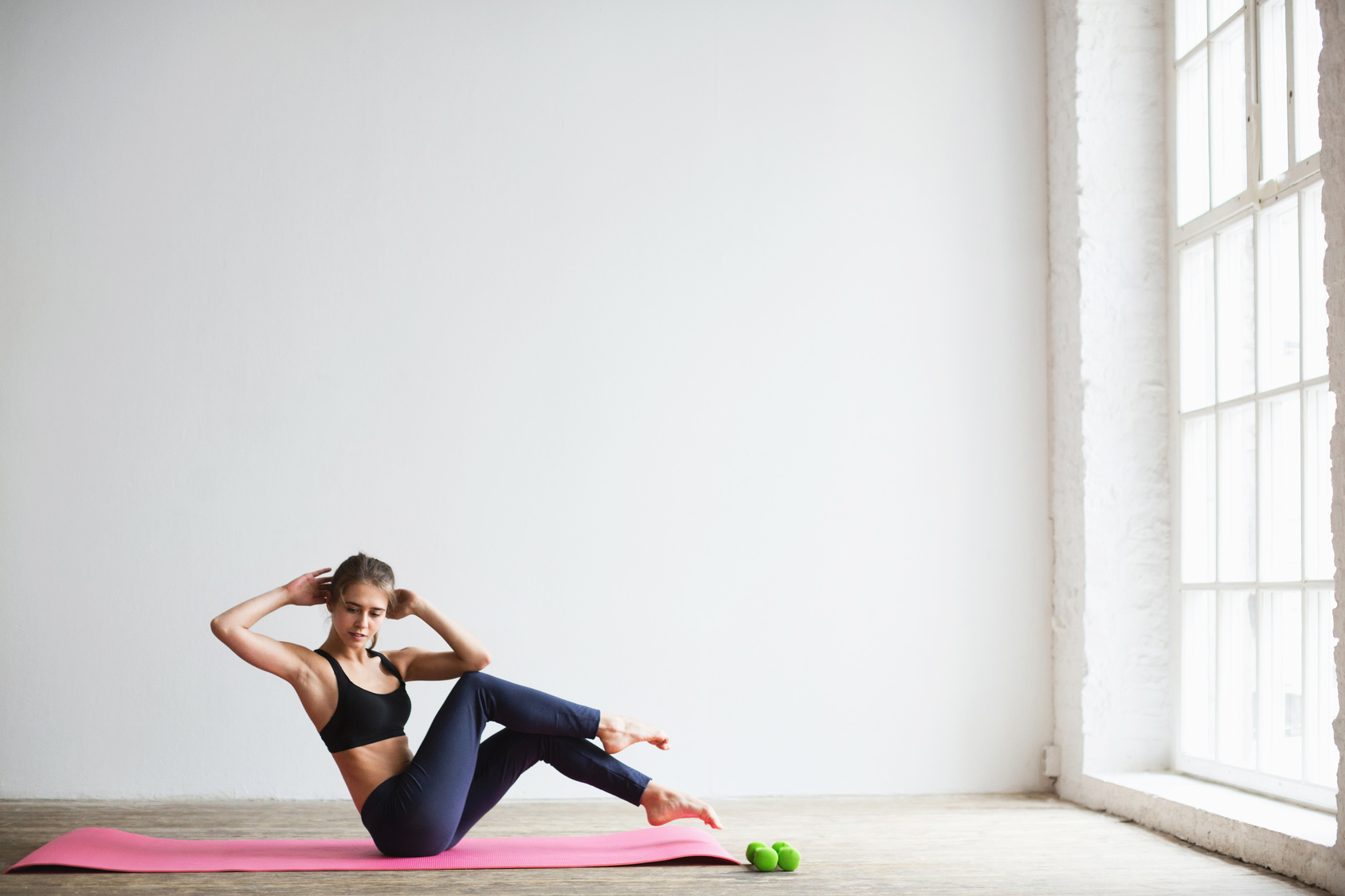Every runner has that one moment—the gut-wrenching realization that you can’t run anymore.
For me, it happened when I woke up in a hospital bed, disoriented and confused, unable to remember who I was.
I felt like I was in a strange place, surrounded by people I didn’t recognize.
My body was sore, my head spinning, and I couldn’t piece together what had happened.
The doctor’s voice was a lifeline in the chaos: “You lost consciousness during the race. Heatstroke wiped your memory.”
I didn’t understand what he meant at first. I was in a daze, panic setting in as I tried to make sense of everything.
My mind was foggy, and I couldn’t even remember why I was there.
I started feeling a deep sense of fear—not because of the pain, but because I had no idea who I was anymore.
I couldn’t remember the race, or even what led me to that hospital bed.
I tried to get up, stumbling, desperate to escape.
I wasn’t thinking clearly, just reacting to that deep confusion. Every step felt like I was moving through thick mud, but eventually, my body gave out, and I collapsed again.
When I woke up, I was still weak, my mind still scattered, but at least I could begin to recall some things.
I remembered my name. I remembered being at a race in Solo Surakarta (Central Java). But I had no real memory of what had happened during it.
What happened in the race?
Bits and pieces started to come back, but mostly, I was focused on the fact that I wasn’t sure if I would ever run again.
The physical pain of the accident didn’t scare me as much as the fear of losing the thing I loved most—running.
But as time passed, I realized something crucial—running wasn’t just about the physical act. It was about who I am. And once I remembered that, my spirit started to return, and with it, my body began to heal.
Let’s get to the practical stuff.
1. Be Realistic About Your Recovery
Coming back to running after a serious accident isn’t about picking up where you left off.
It’s about accepting where you are now and embracing the journey, step by step. Recovery isn’t a race—it’s a long road, full of patience and, yes, some frustration along the way.
When I woke up from that heatstroke-induced coma, I faced a harsh truth: my body wasn’t the same. The fitness level I had taken for granted was gone. But the mental challenge? That was even tougher.
Physically, I was dealing with the effects of the injury and the months spent off my feet.
But mentally? I couldn’t even trust my own mind. I didn’t know who I was or if I was capable of running again. This wasn’t just about muscle pain—it was about finding myself again.
2. Start With Baby Steps: Walking First
If you’ve been sidelined for a while, it’s tempting to think you should just jump right back into running. But here’s the deal: you can’t skip the basics. Walking was my first step back.
Honestly, just getting my feet moving again felt like a huge victory.
Walking is basically running, just slower. It’s low-impact and allows your body to rebuild strength without overloading it. I wasn’t ready to run, but I could walk. And that was a win.
When I put on my shoes for the first time after the accident, I wasn’t aiming for a 5K or anything big.
I was just walking—slowly, with a mix of fear and hope. My body was still weak and the trauma of waking up not knowing who you are was messing with me.
But I kept on going. That’s what recovery is all about: small wins that don’t feel like wins at all until you look back and see how far you’ve come.
3. Transition to Run-Walk Intervals
I wish I could say my first run after the accident was smooth, but the reality is far from that. It was like trying to sprint through quicksand. Every muscle in my body screamed.
My confidence took a hit.
It was frustrating. So, I had to go back to basics with run-walk intervals.
The key wasn’t pushing myself to get back to my old pace. It was about pacing myself—starting with a 30-second run, followed by a 1-minute walk, and gradually increasing the running time. Progress was slow, but it was progress, and that felt pretty good.
4. Listen to Your Body
You might feel like you’re ready to dive back in, but trust me, don’t rush it.
After six months off, I was eager to get back to running, but I quickly learned that my body wasn’t ready.
At first, every time I tried running, I was exhausted. My stamina was shot, and I had to accept that rushing back would only lead to setbacks. There’s no shame in taking it slow. No one runs their best race without putting in the hard, consistent work first.
5. Cross-Training and Strengthening
During my recovery, I realized that cross-training was a total game-changer. Since I couldn’t run, cross-training kept me active without pushing my injury too hard. Swimming, cycling, and resistance training became key parts of my routine.
Swimming was perfect for building endurance without putting stress on my joints.
The water is easy on your body, so I could get a great workout without worrying about overstraining my injury. Every stroke felt like I was shaking off the frustration of not being able to run.
Cross-training kept me moving, kept my body strong, and reminded me that recovery wasn’t just about running. It was about building a balanced body, one that could handle whatever came next.
7. Patience and Consistency
One of the toughest lessons I learned was that recovery isn’t a straight line. Some days felt like huge leaps forward, while others felt like setbacks. There were times when I wanted to give up, when it felt like I’d never get back to the runner I used to be.
But what kept me going was knowing that recovery takes time. Every day I showed up, even when it didn’t feel like progress, I was getting closer to my goal. The small wins added up, and with patience and consistency, I started to find my rhythm again.
8. Know When You’re Ready
The first time I really ran again wasn’t pretty. But it was mine. I didn’t hit a perfect pace, but I hit my baseline. I ran without pain for the first time in months. It wasn’t a 5K or a half marathon. It was just me, on the road, testing myself.
There’s a big difference between thinking you’re ready and knowing you’re ready.
Testing my limits slowly, carefully, gave me the confidence to keep going. When I ran without pain for the first time in months, it felt like a victory. But I knew I wasn’t done. I was just beginning.
When you feel ready, go for it. But always listen to your body—if it says no, take a step back.
Conclusion:
Recovery is a long, slow, sometimes painful process.
But it’s also one of the most rewarding journeys I’ve ever been on. I didn’t just come back to running—I came back to myself.
It wasn’t about racing back to the person I used to be. It was about accepting who I was becoming. Every step forward, no matter how small, is progress.
So if you’re coming back from an injury or setback, know this: you’re not alone. Your journey won’t be easy, but it will be worth it.
Be kind to yourself, trust the process, and remember—running is about more than the finish line. It’s about the freedom of each step, the lessons learned along the way, and the person you become in the process.







